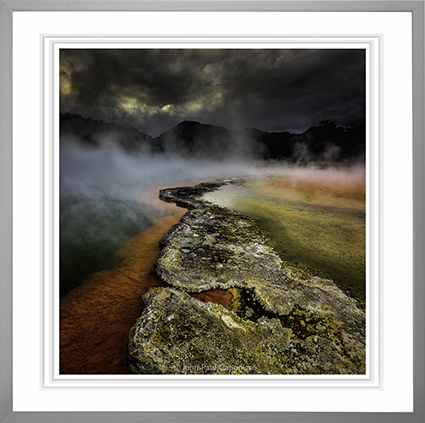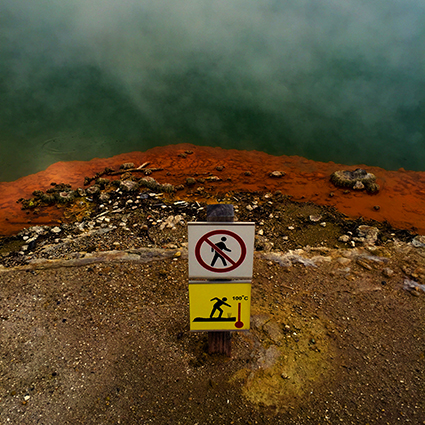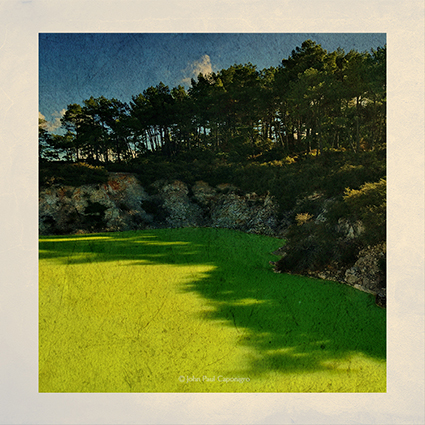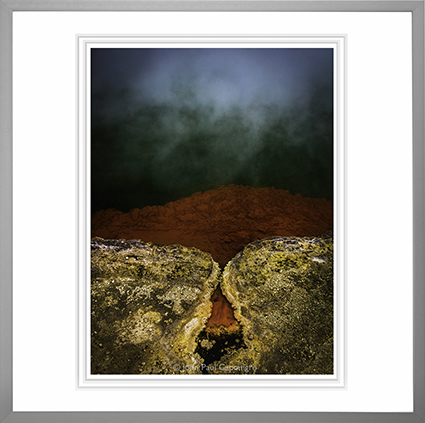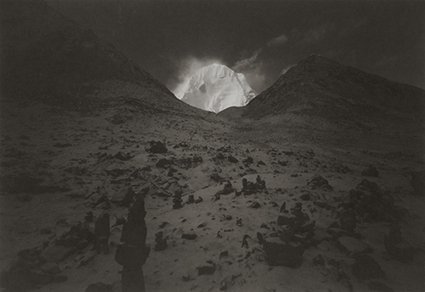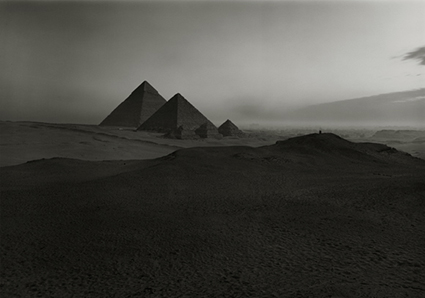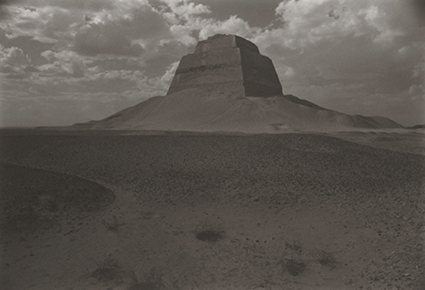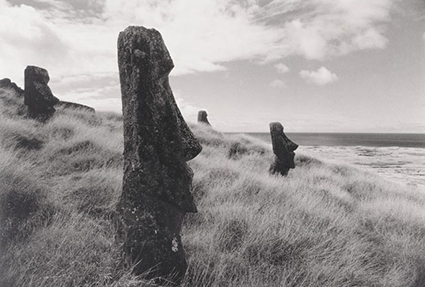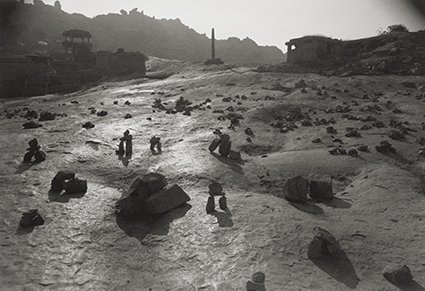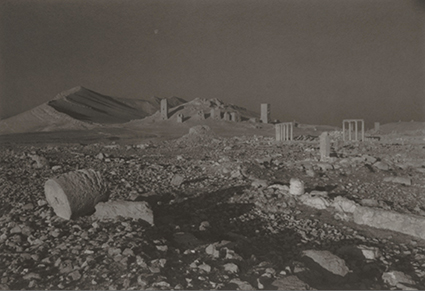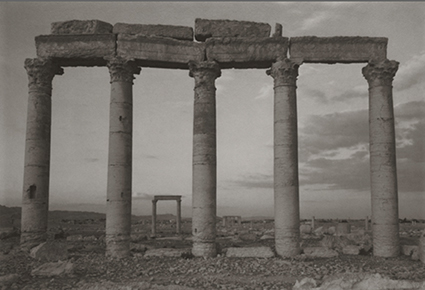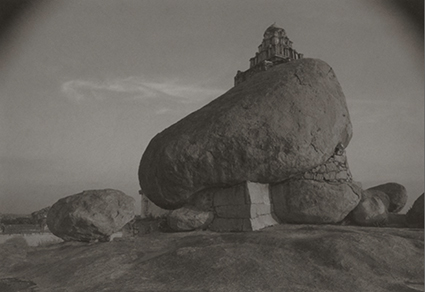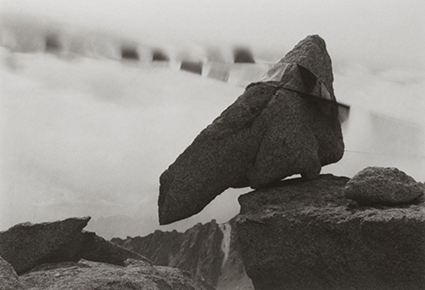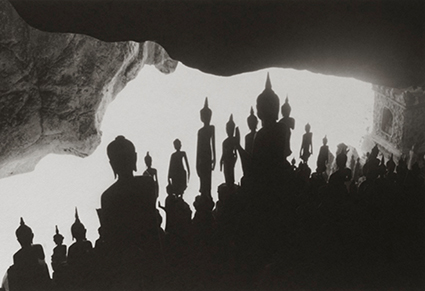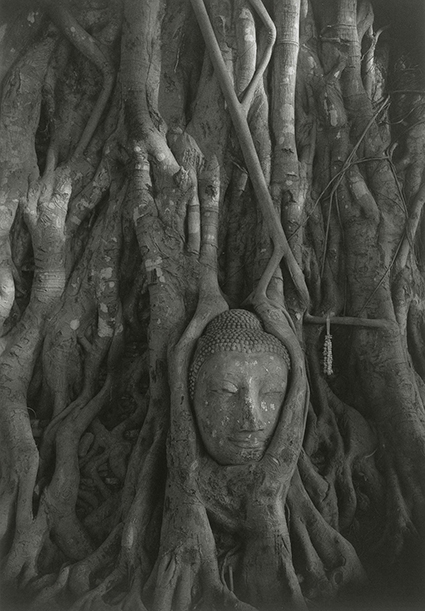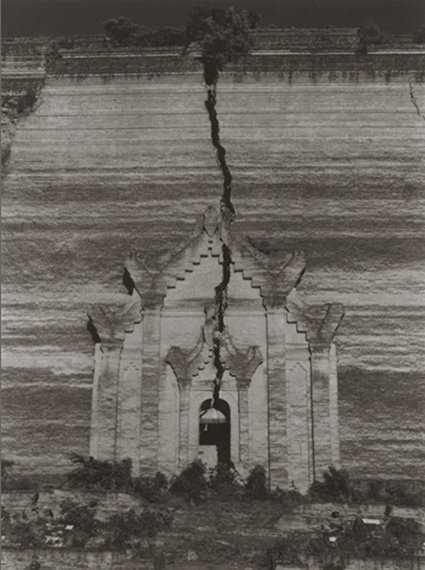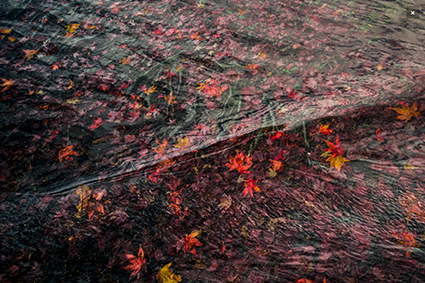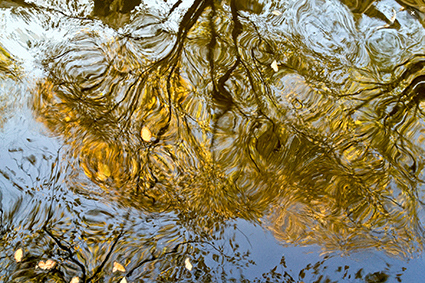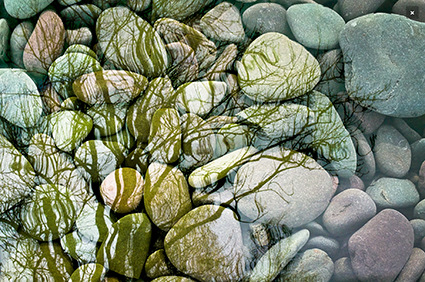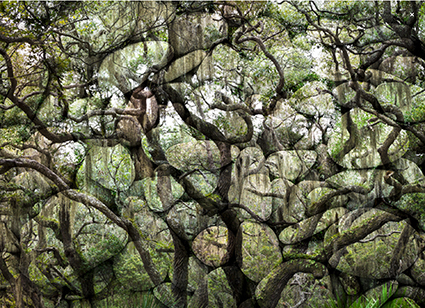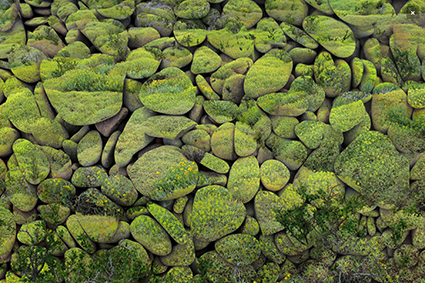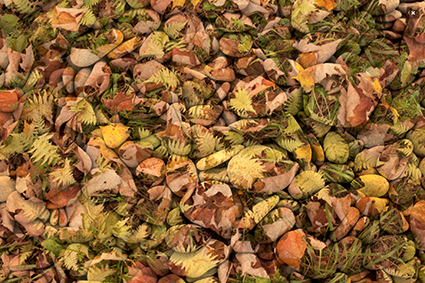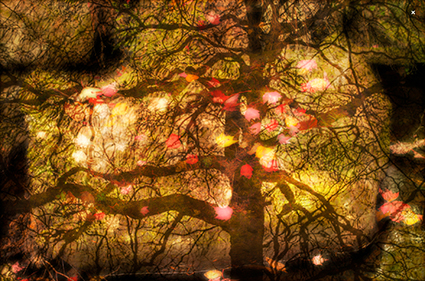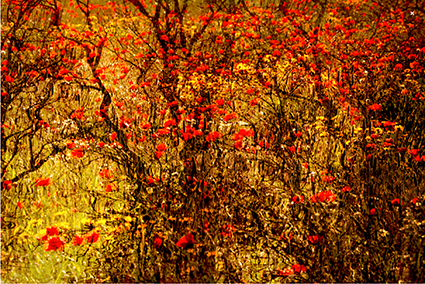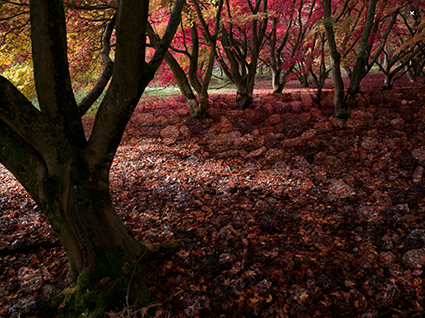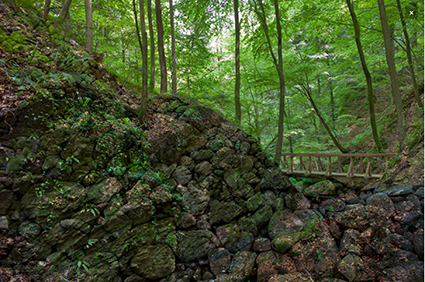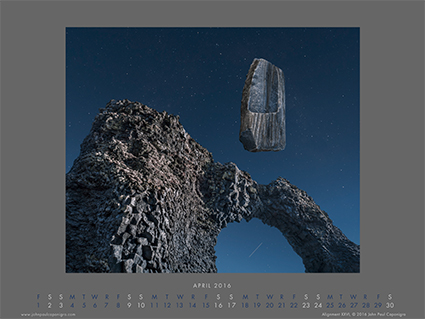Enjoy this collection of quotes by photographer Christopher Burkett.
“I would come out of the chapel after communion and occasionally I would see the world transformed, filled with light.” – Christopher Burkett
“I knew that if it was real, which it was that there must be some way to photograph that.” – Christopher Burkett
“The things that I’m trying to present in my photography are things that are absolutely real in the world, subtle qualities that many people don’t see.” – Christopher Burkett
“I’m working within a very limited box, in terms of possibilities. But, by working within that box to the maximum amount … it’s like a form of discipline, it is a form of discipline, and there is a strength and a depth that is possible within that discipline that doesn’t happen in any other way.” – Christopher Burkett
“Traditionally, art was not meant to be a worship of the ego of the artist, it was meant to be an expression of God’s grace, of divine things.” – Christopher Burkett
“I’m concerned about myself, what I’m doing, what my spiritual answer is rather than what I think other people should be doing. If my religion has any value it’s in my life and what I do. That’s its power and that should be evident. If it isn’t then it won’t be obvious. You know what I mean?” – Christopher Burkett
“This crystal clarity is part of the experience of trying to see the world as it truly is. The world is full of an infinite number of details. It’s only our blindness, in one form or another, that doesn’t allow us to see that.” – Christopher Burkett
“The truth is that if we lived .. I was trying to find a word for it earlier, all terms are limiting … in a state of divine grace everything would be even more real. That’s exactly what I’m trying to portray in my photography, that moment of … I don’t like to put a word on it because it’s too limiting. As soon as you put a word on it, it becomes a concept rather than a reality. And what I’m trying to present with my photography is that almost super real quality, not fake real, but super real. I’m trying to show something that is precious and real, that most people do not see.” – Christopher Burkett
“I have terrible vision without glasses. I didn’t know that until I was in first grade. Most of your visual processing mechanism is formed by the age of six. I couldn’t see the features on someone’s face unless I was about a foot and a half away from them. I learned to identify people by their shape and the way they walked. I had no idea. I had no idea at all. Then I got glasses. It was quite a revelation. All of a sudden the world was transformed with these details. I’ve tried not to lose that sense of astonishment and wonder. I never knew there were leaves on trees, I could only see if they had fallen. I’d never seen clouds before. The moon in the sky had been a fuzzy blob. I could never see stars, some of the brightest ones were a very faint globule, out of focus, about the size the moon would normally be. That whole sense of incredible wonder, of miraculousness has stayed with me. The whole world is full of marvelous details.” – Christopher Burkett
“I don’t try to justify what I do. I think the work is strong enough to speak for itself. I don’t mean that to sound arrogant, but to me it’s not an issue, because I know what I’m doing is unique and I feel comfortable about that. When I’m out there, I’m not trying to look for a picture that looks like a picture I’ve seen before. I’m trying to see the world fresh and clean, and yet with a knowledge of the history of photography. I don’t think of working within a tradition, I think of working within the world, within life.” – Christopher Burkett
Read our conversation here.
Find out more about Christopher Burkett here.
Read Great Quotes By Photographers collections here.
View 12 Great Photographs collections here.


